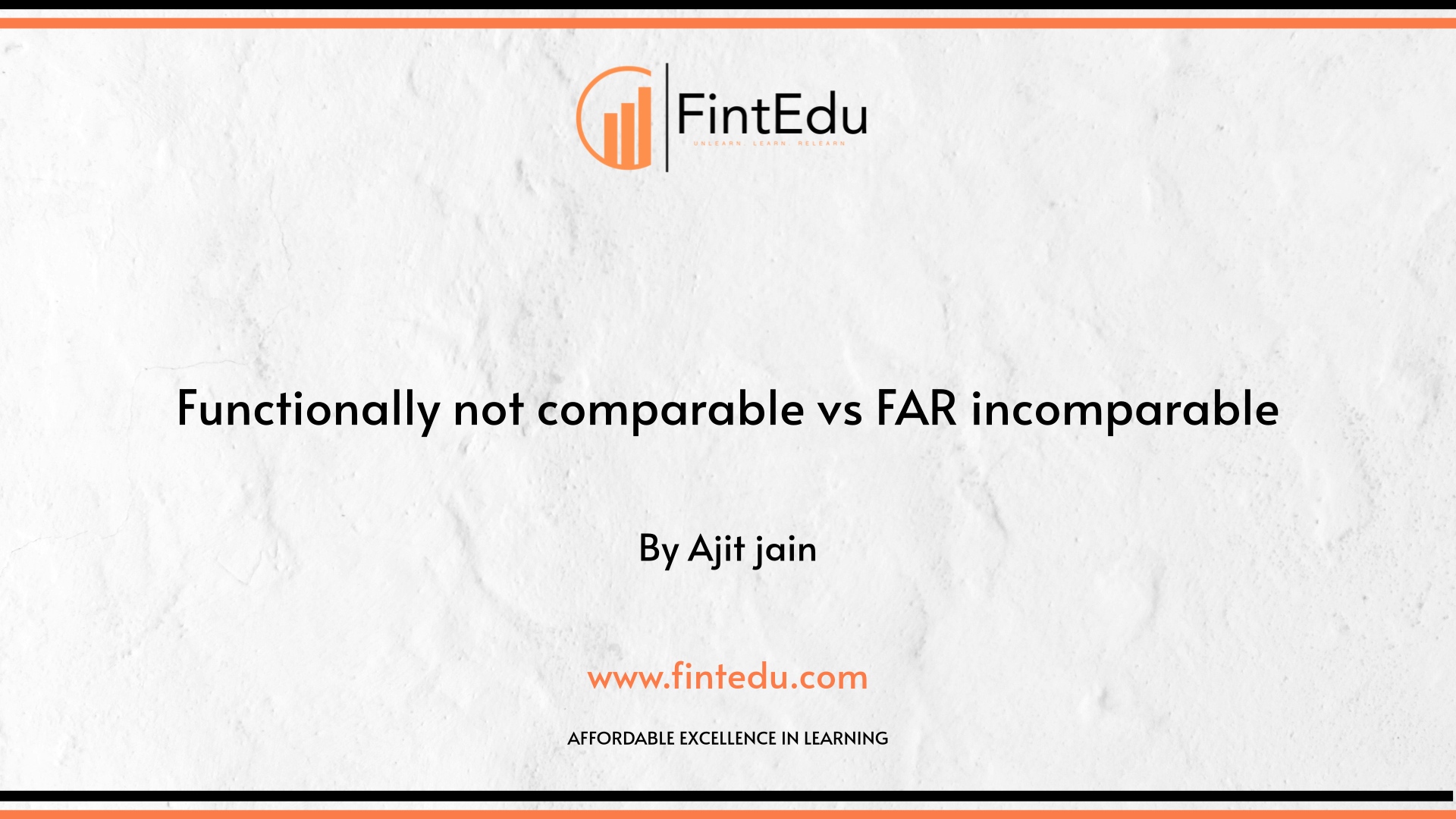LISTEN TO THIS ARTICLE
In the world of transfer pricing, one of the most commonly used terms is “functionally not comparable.”
Recently, one of the trainee from one of my previous transfer pricing programs reached out to me with a question: why do we often reject companies during qualitative benchmarking on the grounds of being “functionally not comparable,” when the OECD comparability framework clearly requires an assessment of functions, assets, and risks (FAR)? It’s a valid observation — while functions are easier to analyze based on public data, assessing assets and especially risks is far more complex due to limited disclosures. However, difficulty in accessing data does not negate its relevance.
A software developer and an AI company might both perform similar coding functions — but the latter may own proprietary algorithms and bear cybersecurity risk. Are they truly comparable? Functionally, perhaps. So here’s a thought: instead of saying “functionally not comparable,” this can be evolved to “FAR-incomparable.” Even when we lack full details, this term forces us to acknowledge the importance of functions, assets and risks analysis. This shift not only aligns more closely with the OECD framework — it also reminds us that robust benchmarking is about more than just functions.
Note: “FAR-incomparable” is not an OECD term but serves as a shorthand to stress full FAR rigor.
Disclaimer: Content posted is for informational and knowledge sharing purposes only, and is not intended to be a substitute for professional advice related to tax, finance or accounting. The view/interpretation of the publisher is based on the available Law, guidelines and information. Each reader should take due professional care before you act after reading the contents of that article/post. No warranty whatsoever is made that any of the articles are accurate and is not intended to provide, and should not be relied on for tax or accounting advice.
Contributor
Related Posts

@@PLUGINFILE@@/Bahrains%20Domestic%20Minimum%20Top-up%20Tax%20%28DMTT%29%20Regulations%20An%20overvi...
Read More
@@PLUGINFILE@@/Transfer%20Pricing%20in%20the%20Cryptocurrency%20Space%20Global%20Perspectives%...
Read More
@@PLUGINFILE@@/Navigating%20the%20Complex%20Web%20of%20Transfer%20Pricing%2C%20Customs%20%20VA...
Read More